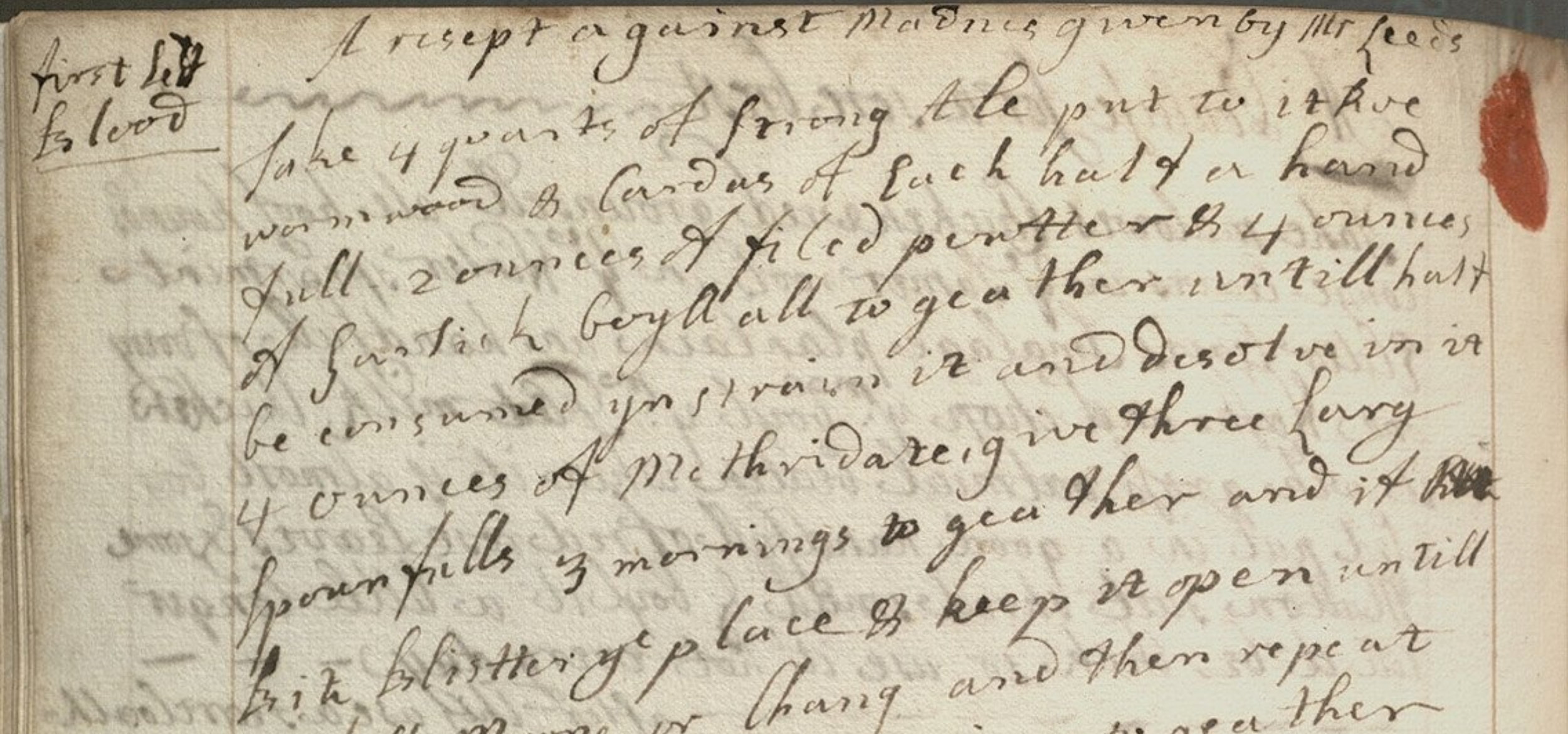Cookbooks as a Window Into the Household
Cooking is a basic part of life. The preparation of food for consumption provides both nourishment for the body as well as a means of individual artistic experimentation and social and cultural markers that pass along community or familial traditions for future generations. Cooking shows are immensely popular on television and cookbooks are typically one of the most popular genres of books published in the United States and across the world.
Increasingly, the study of foodways is being utilized to explore the social and cultural history of individuals and communities. The study of what people ate and why is practiced by scholars in folklore, historians, archeologists, and sociologists. Journals such as Food and Foodways are devoted to the study of food however, it is also a part of traditional scholarship in these disciplines. As a result, scholarship on the topic can be found in the leading publications of most disciplines.
On a basic level, the cookbook is evidence. It can serve as a data source for scholars. For example, we can identify specific commodities called for by the recipes and that were in demand within a household. Cookbooks also identify cultural aspects of the society at large including the transmission of knowledge through the sharing of recipes within a network of individuals. A cookbook can also provide insights into the social environment for the home and women's role as an independent household manager. These sources provide not only recipes for nourishment but also important remedies of healing, many directed for the personal health needs of the family. One scholar sees the manuscript cookbook as more of a “domestic guide” created by “women for women.”[1]
[1] Catherine Alexander, “Northumberland Ladies’ Networks: Women’s Conversations and Practices as Revealed by a Seventeenth-Century Cookbook,” Local Historian 47, no. 4 (October 2017): 317–23.
